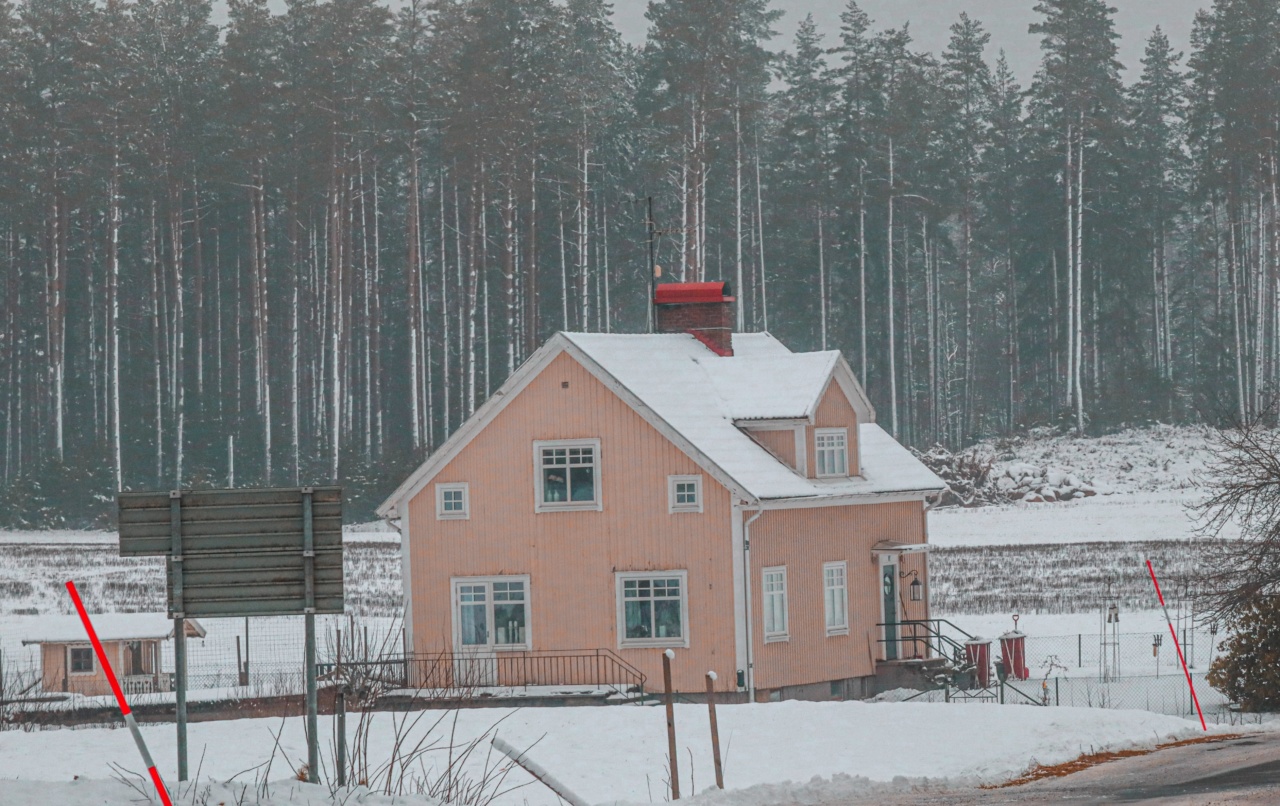Home insurance is critical to protect homeowners from natural disasters such as floods, hurricanes, tornadoes, earthquakes, and wildfires.
Among the insured losses from various natural disasters, floods are the most common and expensive, followed by hurricanes, and earthquakes. The cost of home insurance may vary by state, insurer, location, and coverage. In this article, we will discuss how much home insurance costs for natural disasters and factors that affect the cost.
Flood Insurance Cost
Flood insurance is generally not included in the standard homeowners’ insurance policy and must be purchased separately from the Federal Emergency Management Agency (FEMA) or a private insurance company.
The average cost of flood insurance in the US is about $700 per year, but it can vary significantly depending on the location, type of property, and flood risk. High-risk areas, such as floodplains and coastal regions, may have higher premiums than low to moderate-risk areas.
According to FEMA, the average flood insurance policy with $250,000 in coverage costs around $1,700 a year in high-risk areas and $500 a year in low to moderate-risk areas.
Hurricane Insurance Cost
Home insurance policies usually cover damages caused by wind but not by flooding or hurricane storm surges. To get coverage for hurricane damage, homeowners may need to purchase a separate policy or a rider to their existing policy.
Hurricane insurance premiums vary by the location, the value of the home, and the level of coverage. In areas prone to hurricanes and tropical storms, the cost of hurricane coverage may be higher than in other regions. The average cost of hurricane insurance in the US is about $300 to $1,000 per year, depending on the policy’s terms and limits.
Tornado Insurance Cost
Homeowners in Tornado Alley, a region that covers parts of central and southern US that are prone to tornadoes, may need additional coverage beyond the standard home insurance policy.
Tornado insurance coverage can provide protection against damages caused by wind, hail, and other perils. The cost of tornado insurance varies by location, home value, and risk factors. The average cost of tornado insurance in the US is about $600 to $1,000 per year, depending on the policy’s terms and limits.
Earthquake Insurance Cost
Earthquake insurance is not usually included in standard homeowners’ insurance policies but can be purchased as a separate policy. The cost of earthquake insurance varies by location, home value, construction materials, and seismic risk.
Areas with high seismic activity, such as California, may have higher premiums than areas with low activity, such as the Midwest. According to the California Department of Insurance, the average cost of earthquake insurance in the state is about $800 to $1,000 per year for a standard policy with $400,000 in coverage.
Wildfire Insurance Cost
Home insurance policies usually cover damages caused by wildfires, but the coverage may vary by the insurer, location, and level of risk.
Homeowners in areas with high wildfire risk may need additional coverage or higher coverage limits to protect their homes and personal belongings. The cost of wildfire insurance depends on the location, home value, construction materials, and the level of risk.
According to the California Department of Insurance, the average cost of wildfire insurance in the state varies by county, but it can range from $400 to $3,000 per year.
Factors that Affect Home Insurance Cost for Natural Disasters
The cost of home insurance for natural disasters depends on several factors, including:.
- Location: Areas prone to natural disasters, such as floodplains, coastal regions, or earthquake faults, may have higher premiums than areas with lower risks.
- Property value: The higher the value of your home and personal belongings, the more coverage you may need, and the higher the premiums you may pay.
- Construction materials: Homes built with materials that are less resistant to natural disasters, such as wooden frames, may have higher premiums than homes with more robust materials, such as concrete or brick.
- Deductibles: The higher your deductibles, the lower the premiums you may pay, but the more you may have to pay out of pocket in case of a claim.
- Coverage limits: The higher the coverage limits, the more protection you have, but the higher the premiums you may pay.
- Insurance company: Different insurance companies may offer different rates and discounts, so it’s essential to shop around and compare quotes before purchasing a policy.
Conclusion
Home insurance can provide critical protection against natural disasters such as floods, hurricanes, tornadoes, earthquakes, and wildfires.
The cost of home insurance for natural disasters may vary significantly depending on the location, property value, construction materials, coverage limits, and insurer. To find the best coverage and rates, homeowners should assess their risks, shop around, and compare quotes from different insurers.





























